A Day in the Life of a Grizzly and Wolf Discovery Center Animal Welfare Coordinator

Photo courtesy of Gretchen Heine
I have always had a passion for wildlife and have been working with animals in some capacity for over 30 years. Currently, I am in my dream job as Animal Welfare Coordinator at the Grizzly and Wolf Discovery Center in West Yellowstone, Montana. The main purpose of my position is to make sure the animals are receiving everything they need physically, mentally, and emotionally. That may seem a bit daunting, but working with a great group of people makes it easier and rewarding. Each day can be different around the animals because they are ever-changing and keep us on our toes.
6:00AM-8:00AM: My job is not just based at the Grizzly and Wolf Discovery Center. It is a 24/7 position that also includes taking care of critters here at home. Currently, we have an American kestrel, short-eared owl, and a rough-legged hawk that are cared for before I even head to the Center—these birds are receiving more intensive care and/or training. I also have a Karelian bear dog (KBD) named Nakiska that participates in Center programs. KBDs are used for “bear shepherding” as a way to keep wild bears away from human areas. They are a strong, alert, and fearless breed. Once two-legged and four-legged critters are taken care of, then off to work I go.
8:30AM-12:00PM: I drop my backpack in my office and start my rounds, as I call them, checking on each and every animal including fish, frogs, salamanders, snakes, ground squirrels (if they’re not hibernating), river otters, raptors, gray wolves and grizzly bears to make sure all is well. I meet with the animal keepers to see if there are any concerns or follow up with any previous issues. As Animal Welfare Coordinator, I care about each and every live animal at the Center, whether it’s the crickets that will be fed off to the amphibians or a grizzly bear with a limp. In my opinion, every animal, no matter how big or small, deserves the best care possible.
After I am done with rounds and checking in with the keepers, I will then handle whatever is on my plate. On this particular day, working with our veterinarian Dr. Stacy Davidson, we will be administering a rabies vaccination to a 14-year-old wolf, and then giving an annual West Nile Virus vaccine to all of our birds of prey before transporting them to their habitats.
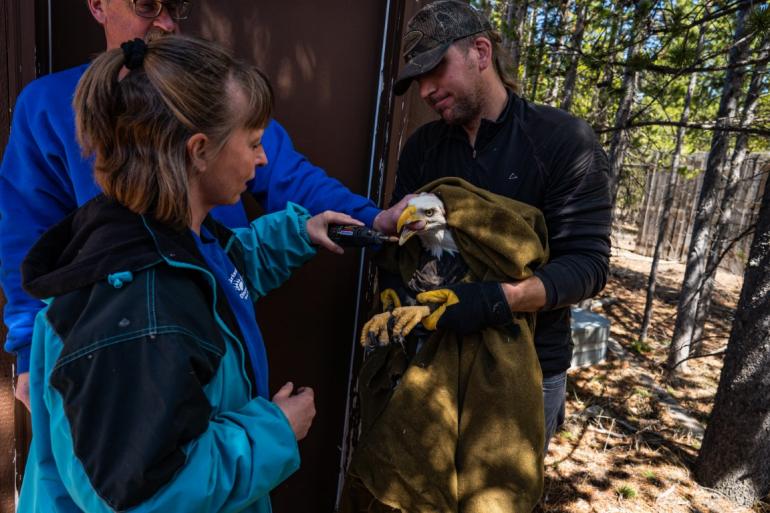
Photo credit: Tyler Pasenko
12:00PM-3:00PM: Usually, people can catch me grabbing a quick bite at my desk while catching up on emails, entering animal records into the computer-based record keeping system, or returning phone calls. If meetings are scheduled, they usually take place in the afternoons. Animal observations are extremely important, so I can spend much of my day evaluating individual animals or a group of animals to record their behaviors. Monitoring their actions can provide valuable information that allows us to make better decisions with their individualized care. Whether it’s seeing how they are reacting to a new enrichment item, to each other, how they are eating, their body condition, alertness, and so on—it’s all extremely important. By 3:00, it is time to head home, but no, I am not done working.
3:30PM-6:00PM: Okay, I have just arrived home, and now it’s time to prepare the raptor diets. Mice and rats are on the daily menu. The American kestrel and the rough-legged hawk are fed first. There is nothing like watching them tear into a rodent to get you hungry for your own dinner. Nakiska will not let me forget to feed her and her German shepherd companion Gunner.
After that, I make sure to feed my two rabbits, who are anxiously waiting for their hay. If the weather allows during the summer and fall, I will put a glove on and take the kestrel outside to enjoy some sunshine.
6:00PM-7:00PM: Time to get in some exercise to keep me going. Usually, it’s the treadmill or stationary bike for me. The dogs might get a good walk as long as there isn’t a ton of snow still on the ground—it is West Yellowstone, so it can be challenging.
7:00PM-9:00PM: After the short-eared owl is fed, it’s time to relax. The hubby gets a little cranky if he doesn’t get some attention. We usually chill out and watch some television together while he rubs my feet, which are pretty sore by the end of the day—isn’t he the best?? I am usually exhausted and ready for bed by 9:00.
I am so very fortunate to have a job that I absolutely LOVE! Each day is filled to the brim and it’s pretty awesome that I can hang out with animals all day long and if I’m lucky, I can even catch the wolves howling early in the morning.
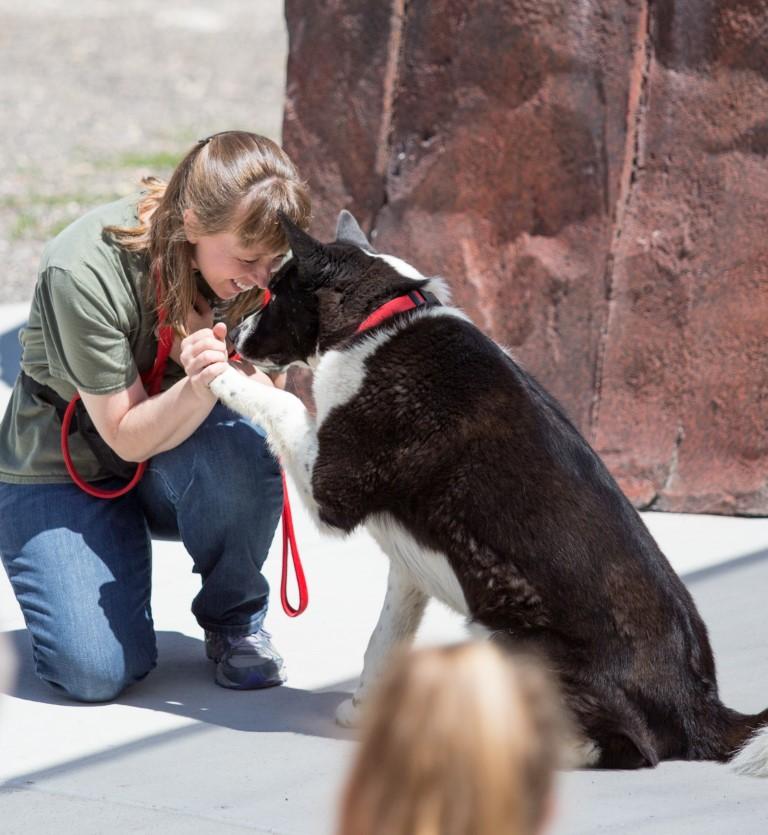


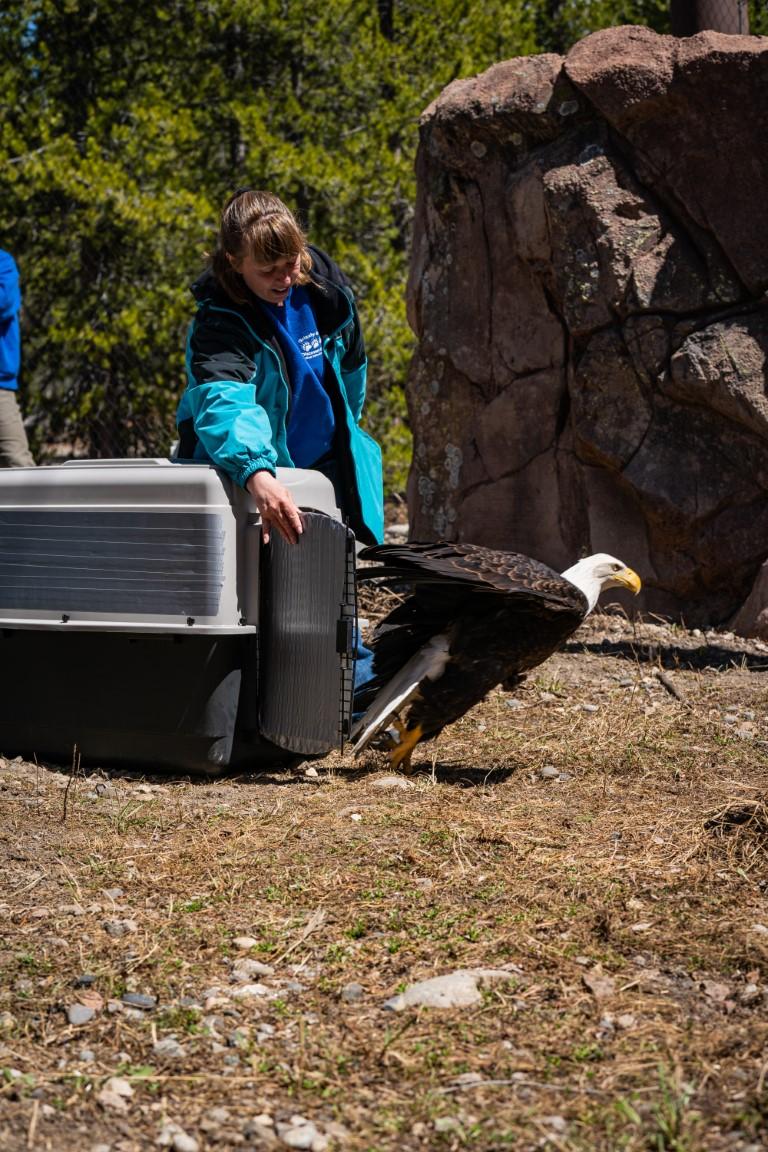

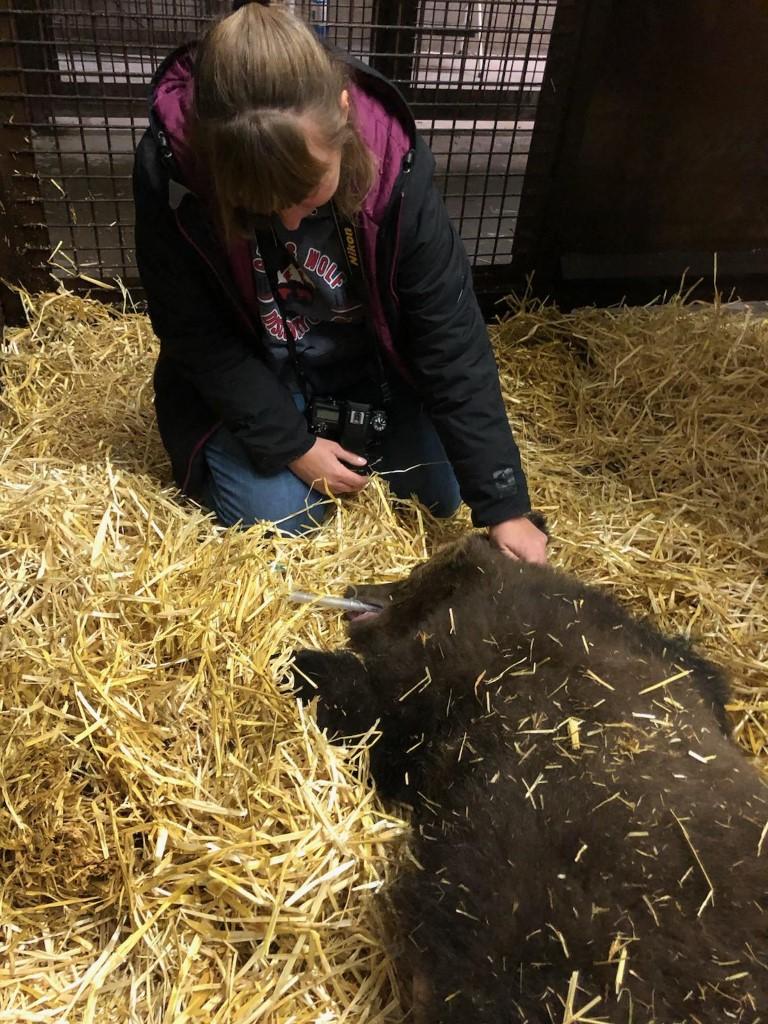
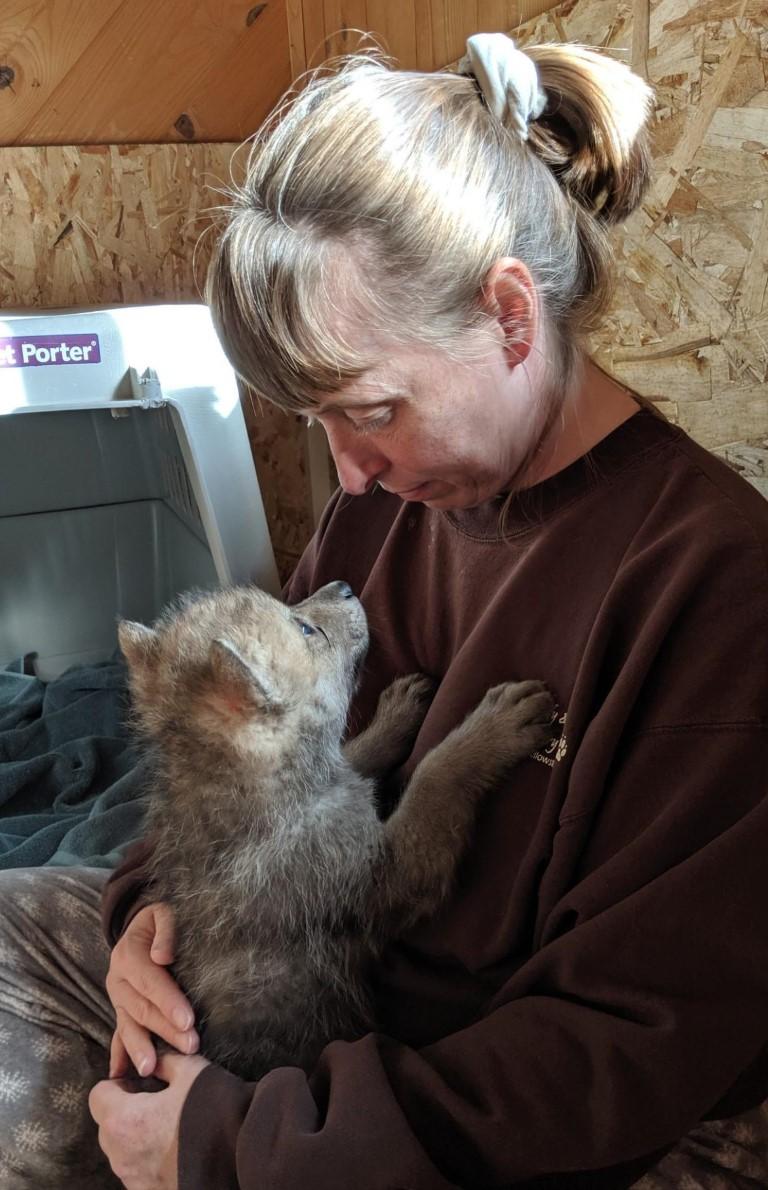
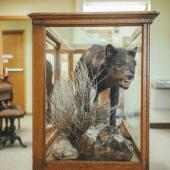

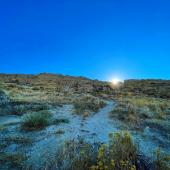


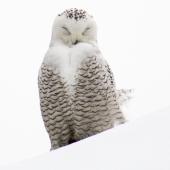


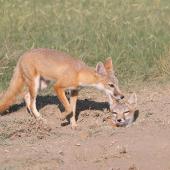
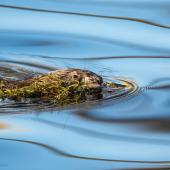

Leave a Comment Here